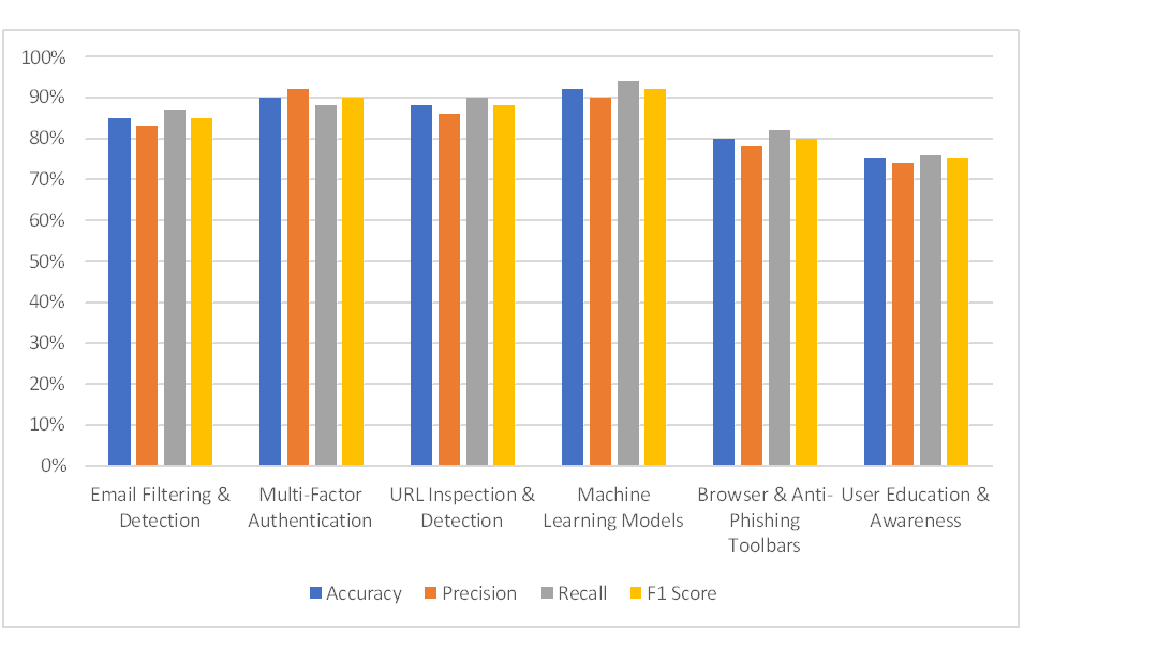Survey on Phishing Attack Prevention Techniques Across Multiple Applications: Current Strategies, Challenges, and Future Trends
Main Article Content
Abstract
Phishing attacks remain a major threat to the security of online applications, targeting platforms such as email services, financial systems, and social media networks. These attacks exploit human vulnerabilities to trick users into divulging sensitive information, such as passwords, financial details, and personal identification. As phishing tactics become more sophisticated, it is increasingly important to develop effective prevention strategies to protect users and systems. This survey presents a comprehensive review of current phishing attack prevention techniques, focusing on methods used for detecting and mitigating phishing attempts. It examines traditional approaches, such as email filtering, URL blacklisting, and domain authentication, alongside more advanced solutions involving machine learning, artificial intelligence, and behavioral analysis. The paper also addresses key challenges in combating phishing, including the growing sophistication of attacks, the difficulty of distinguishing legitimate activities from malicious ones, and the limitations of current defenses. Additionally, emerging trends in phishing prevention, such as multi-factor authentication (MFA), blockchain technology, and user education initiatives, are explored. By evaluating the strengths, weaknesses, and future directions of various prevention strategies, this survey provides valuable insights into enhancing cybersecurity and mitigating phishing risks across diverse applications. The findings suggest that a multi-layered and adaptive security approach is crucial to effectively counter evolving phishing threats.
